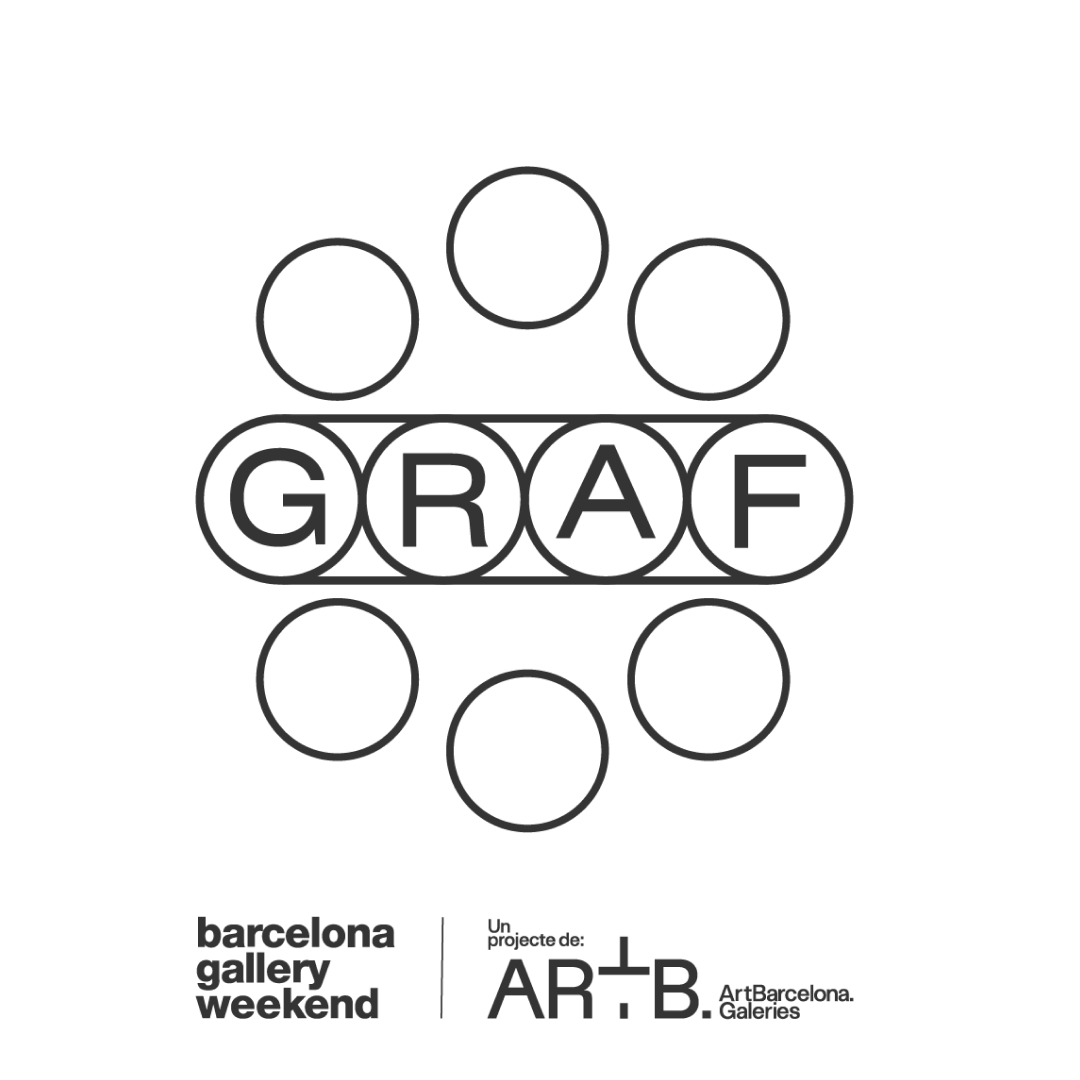THE WIND WILL WANT TO ERASE YOU
This is a land that slowly and sacredly undresses before us, and invokes gods and deaths. What paths are still to be travelled that memory has not worn out? What places are still to be named?
It is better to climb the slope of the Portbou cemetery at night. It’s better if it’s a cold, moonless night. Between the memorial to Walter Benjamin and the entrance gate to the cemetery there is a bench to sit on. In the daytime you would see the horizon and how the land huddles over the sea. Now what you see is only black. At last your eyes rest, they stop trying to see. You don’t know what word. There is no other place on this earth where your eyes will be as open as if they were so closed. You hear the whistle of a goods train and the murmur of water.
42°25’36.3″N 3°09’48.2″E

This is a land that begins when the torn asphalt ends. Old roads, footpaths, goat paths, roads at last. Don’t go down the roads with a fixed destination. One day I was told that on a road near Port de la Selva, the poet J.V. Foix and some friends met Joan Miró looking for God. One of them told him that he would find God “sitting, patient and merciful, with the old and the retired, on the bench of the “Si-no-fos”. A bench of lamentations and conversations with death, the “Si-no-fos” bench in Port de la Selva is opposite the Café de la Marina. In the mornings you’ll find a man selling lottery tickets and blind people’s numbers.
42°20’24.3″N 3°13’29.4″E / 42°20’16.1″N 3°12’13.6″E
If you can, get lost on the roads. Occasionally you will meet someone. It is obligatory to say hello to anyone you come across. It is very difficult to get lost nowadays as all the paths are signposted. If you are lucky you will find a signpost that meets other expectations. If you are finally lost and can’t stand this strange feeling, stand with your back to the sun with your arms outstretched. Follow the shadow of your right arm and you will reach the sea. At night, look for the only star that does not move and leave it on your left.

This is a land sung, read, written, painted and built because we wanted to own it. In the 1960s the Americans came to the Torroella de Montgrí Natural Park. They built the Loran-C military station with the supposedly good intention of helping navigation in the Mediterranean. For 25 years it has been a temple of graffiti. People also go up there to mark their names on abandoned walls. Not far away, an empty fortification: the castle of Torroella. Four walls and four towers. Only those who have visited it know that the castle’s ground floor is an empty space. It is a tradition to inscribe one’s name on any of the towers.
Why do we inscribe our name on eternal surfaces? Why do we look for walls where we can say ourselves?
42°03’42.8″N 3°12’02.2″E / 42°03’07.2″N 3°07’54.6″E
If you follow the coast northwards it will be more difficult to inscribe your name on the sand, it will be more difficult to build castles and play with it. The further north you go, the more the sand will be stone and the blacker it will be. The further north you go, the more the water, the stone, the wind and you will pulsate.
We wanted to possess the land by being spectators of it. We have preserved ruins from which we can supply ourselves and we are still surprised at our own imitation. More than twenty-one centuries ago Empúries was born and we return to its houses, its street beds and mosaics. In Empúries there are two types of trees: the pine tree that surrounds and protects the city from the sea, symbol of immortality, and the cypress, symbol of the union between heaven and earth. A modern consideration, as for the Greeks and Romans, cypresses were closer to hell.
42°08’04.3″N 3°07’15.3″E
The villages closest to the border died when border controls between countries were abolished. The different width of the railway tracks on either side of the border ensured that many of them would die a sudden death. How do you make an international train run on two tracks of different width?
You have left the night in Portbou and continue along the unpaved roads. You have visited the blackest night, you have searched for God and talked with death. You have inscribed your name on stones. You are lost. On this earth the wind will want to erase you.
Follow the night and dance the dance of death in a small village, crossroads of two roads. Death dances in Verges. You don’t know it yet: death holds a handful of ashes in its hands. Death dances and marks the hours on a clock without hours. Death dances with a nameless inscription on his scythe. Nemini parco: I spare no one.
The wind carries your ashes.
42°03’44.5″N 3°02’52.6″E

–
Poem by J.V. Foix: “Déu, de cara al mar”. From the collection of poems “Darrer comunicat”. Complete works by F.V.Foix. Volum I. Edicions, 62. Barcelona, 2000.
Photograph “Dansa de la mort”: Lluís Romero, 1993. CRDI, Girona City Council.
–
Graf Route through Girona by Èlia Llach, visual artist.
This text is part of the set of routes directed by Frederic Montornés. With the intention of getting out of Barcelona city and making other route projects known, GRAF invites Frederic Montornés to make a first introductory Route to the repository of Territori Contemporani – a television programme to discover the spaces of diffusion and production of contemporary art in the regions of Catalonia, through the artists and cultural agents involved – and in the same way, to direct four GRAF Routes through the four provinces of Catalonia by the hand of artists linked to these territories.



